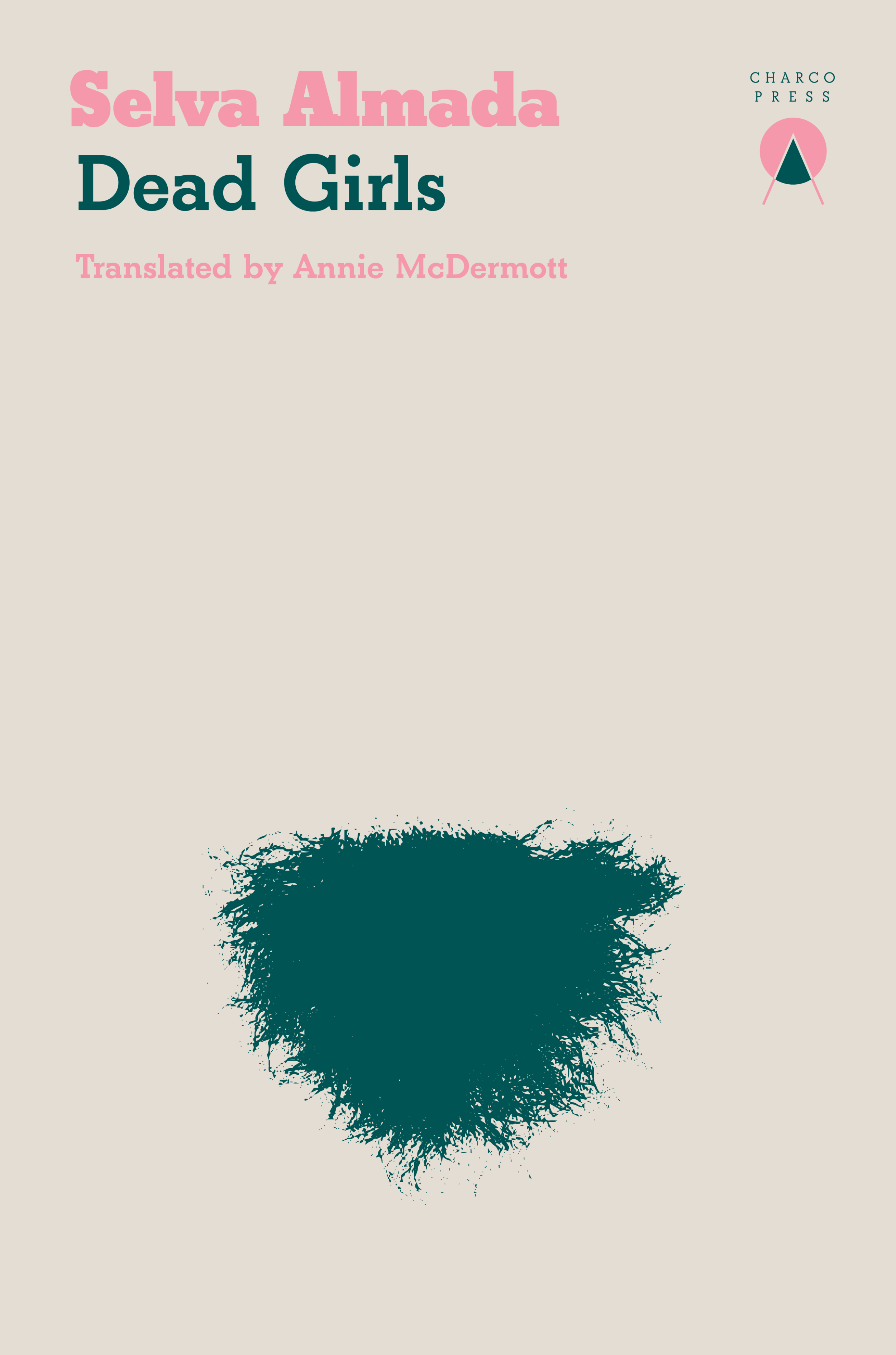Translated from Spanish (Argentina) by Annie McDermott (Charco Press, 2020)
After the success of Selva Almada’s English-language debut The Wind That Lays Waste (translated by Chris Andrews, published by Charco Press in 2019, and reviewed here), this autumn Charco brings us her next translated work, the journalistic fiction Dead Girls. The pairing of Almada with Annie McDermott as translator is an unmitigated success: McDermott translates with characteristic linguistic verve and sensitivity to detail, respecting the delicate stylistic balance between journalism, memoir and fiction that characterises Almada’s exposition of casual femicides in Argentina. Dead Girls explores questions of social justice, of gender inequality, and of the danger that women can be silenced by brutal means just for spurning a man’s advances, for the dishonour of being slandered or, as we are reminded, “simply for being a woman.” The “interior” or provincial Argentina that Almada describes is a small-minded and misogynist place where violence is commonplace, transvestites and homosexuals are not welcome, and women are dominated, abused, or held in contempt, a place where “horror could live with you, under your roof.” Almada explains that not only was this normalisation of gendered violence accepted, but also guilt was laid squarely at the feet of the victims: “if you stay out late you might be raped, if you talk to strangers you might be raped, if you come back from a dance by yourself you might be raped. If you were raped, it was always your fault.”

Almada focuses on three young women or girls who were murdered in the 1980s, and whose killers have never been brought to justice. Andrea Danne was stabbed in her own bed, María Luisa Quevedo was raped and strangled before her body was dumped in some wasteland, and Sarita Mundín’s decomposing body washed up on the banks of the Tcalamochita river (or, rather, the decomposing body of a young woman was washed up, it was deemed to be Sarita, and the investigation was closed). Three girls aged between 15 and 20, three of many whose deaths go unsolved and unpunished. Almada retraces their final days, and aims to reconstruct not just their last moments, movements and conversations, but the entire universe that the girls inhabited, to better understand, scrutinise, and denounce how their fate came to pass.
Almada intertwines her investigation with memories of her own childhood growing up in a similar community in provincial Argentina, questioning the things she too took for granted or assumed were “normal” – from the absence of telephones to the women being controlled by husbands, fathers and brothers. She sets out to find out what she can, via a combination of research through newspaper archives and interviews with people who knew the girls. But even here she is met with silence – Sarita’s confidante chooses “not to reveal her pain, which is hers alone, something intimate that she defends tooth and nail”, Andrea’s sister “prefers to remain silent”, and María Luisa’s brother is evasive, finally meeting with Almada only to disappoint her in the lack of light he can – or wants to – shed on the case.
Faced with a silence that carries through into the present, Almada seeks answers elsewhere: the particular idiosyncrasy that makes this piece so individual is Almada’s decision to consult a medium, in an attempt to communicate with the dead girls beyond the grave. This is a brave and innovative twist on journalistic fiction, and one which gave me goosebumps as I read, but which ultimately represented a slight anti-climax: in her final visit, the medium tells Almada to let go, and to let the dead girls “go back to where they belong.” This did feel a little too convenient – there is no neat ending, and so the medium offers one that feels discordant with a text whose objective was “to gather the bones of these girls, piece them together, give them a voice and then let them run, free and unfettered, wherever they have to go.” The gap between “wherever they have to go” and “back where they belong” was, for me, the one disappointment of the piece, but it must be said that Almada herself is more poetic and less conclusive in the way she takes leave of her three dead girls – but as always, I’ll leave you to discover the ending for yourselves. Dead Girls is an important and moving work that invites us to reflect on cultural practices that we would like to think are distant in both time and place, but which are frighteningly recognisable. This is not a book that will make you feel at peace with the world, but that is precisely where its strength and persuasion lie.